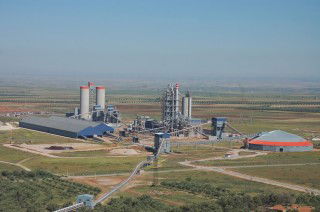Like the steel and automotive sectors, the cement landscape has experienced a far-reaching transformation over the last 30 years. In the mid-1980s, local players outgrew their local markets and seized the opportunity to expand beyond national borders to gradually take control of worldwide markets. However, this untouchable leadership imploded as globalisation took hold and the centre of gravity of construction demand shifted to the emerging markets. This article looks back at the events and trends of the past three decades and examines the issues going forward. By Jean-Christophe Lefèvre-Moulenq, industry analyst, France.
In the transformation of the global cement sector over the past 30 years, Western majors acquired an apparently unassailable leadership and unprecedented control over the global markets. The global financial crisis in 2007, however, wrecked the status quo, causing the majors to lose this exclusivity of power and open a space which was quickly filled by the emerging market newcomers. The recent the creation of the two cement leviathans, LafargeHolcim and HeidelbergCement-Italcementi, served to kick-start a massive reconfiguration of the global cement industry. This will result in a polarisation and the inevitable sidelining of the mid-size players. Further mergers are likely to occur.
